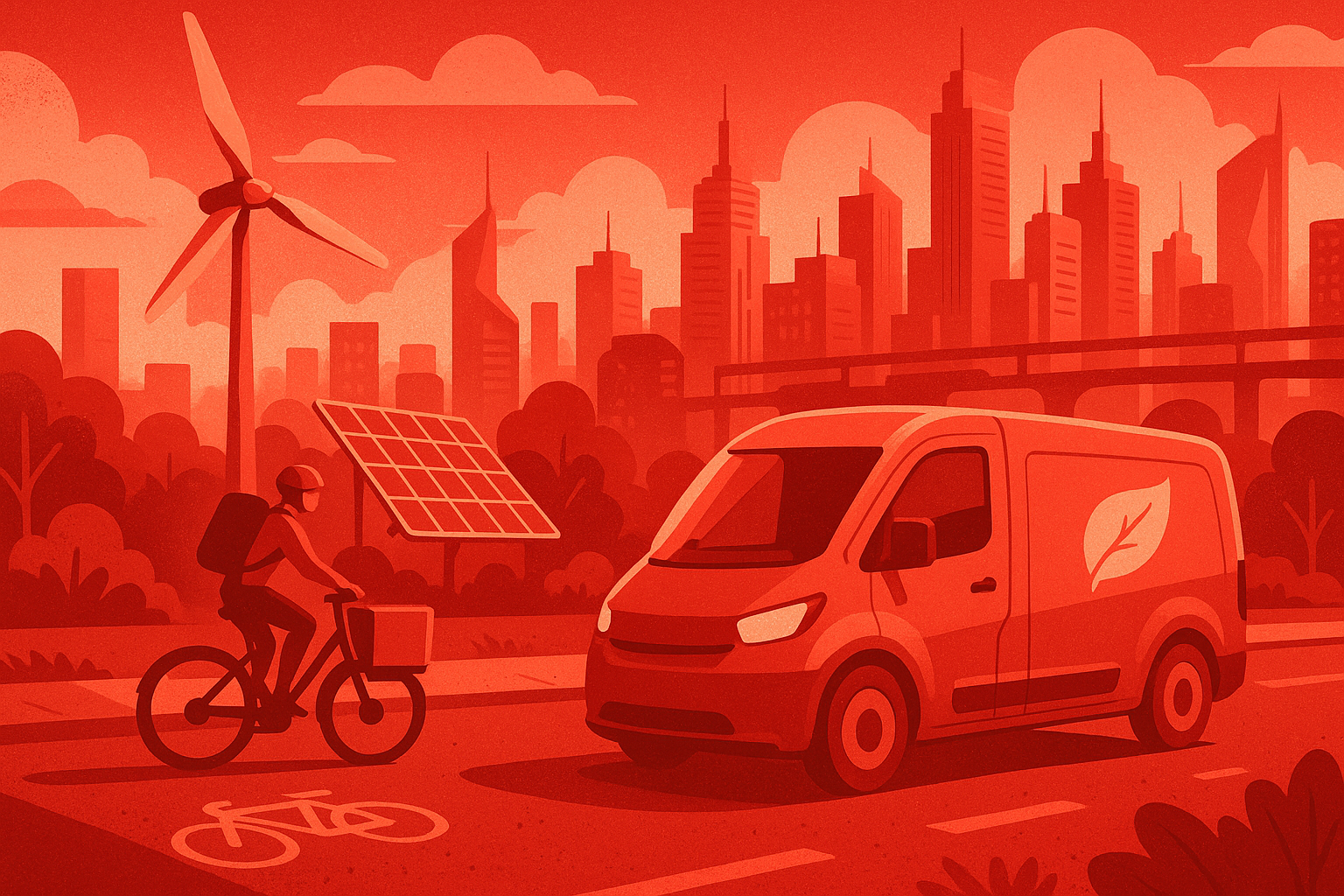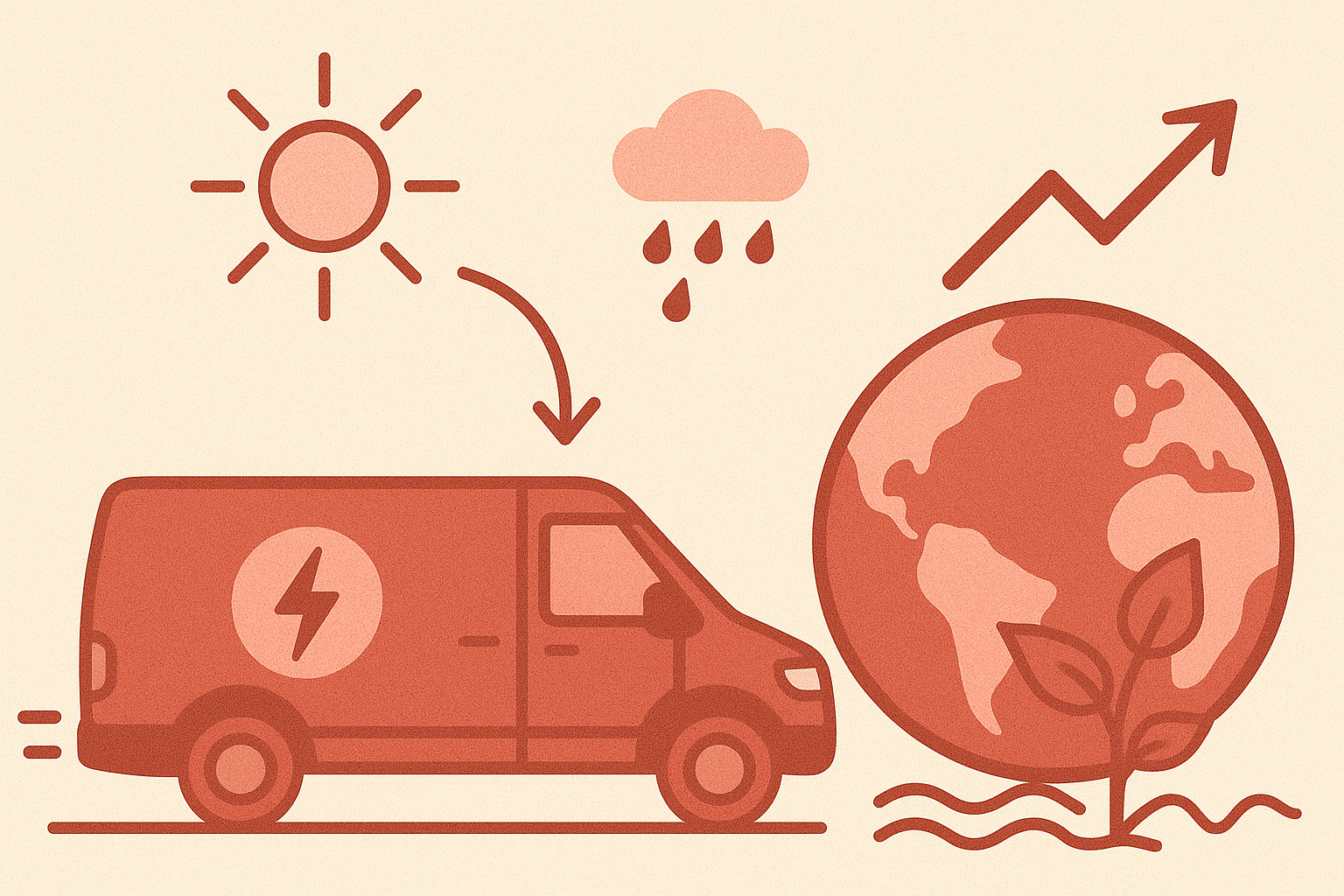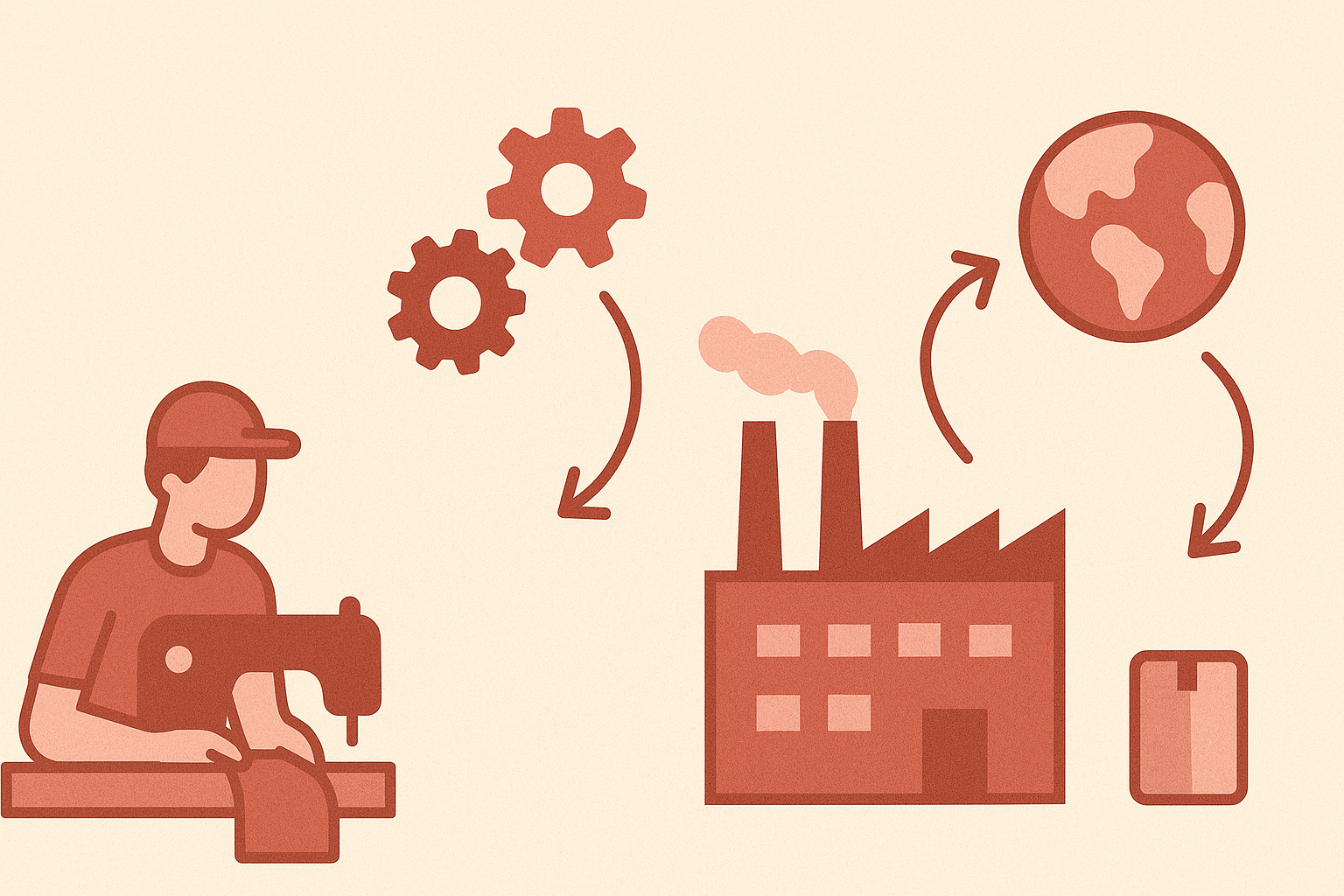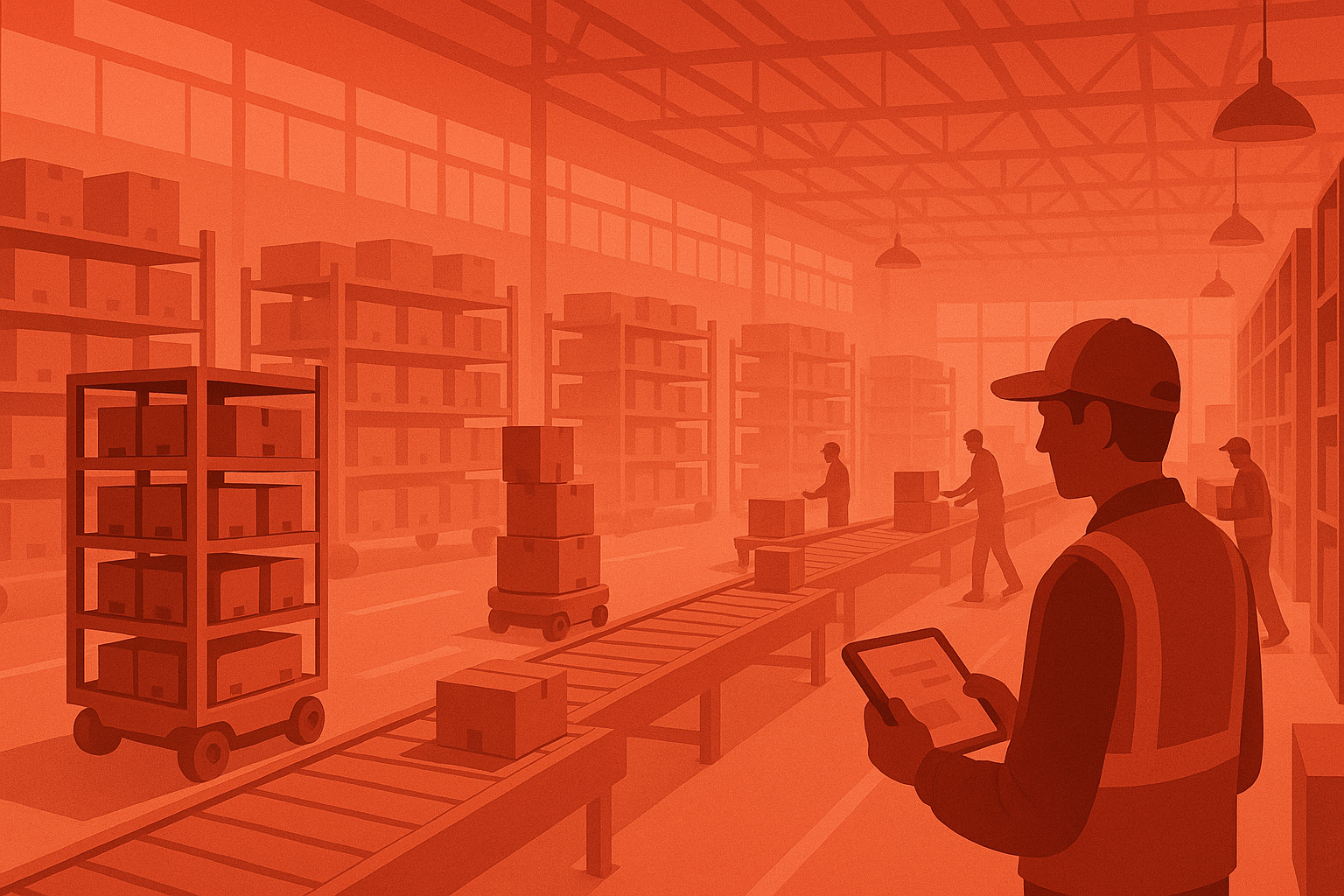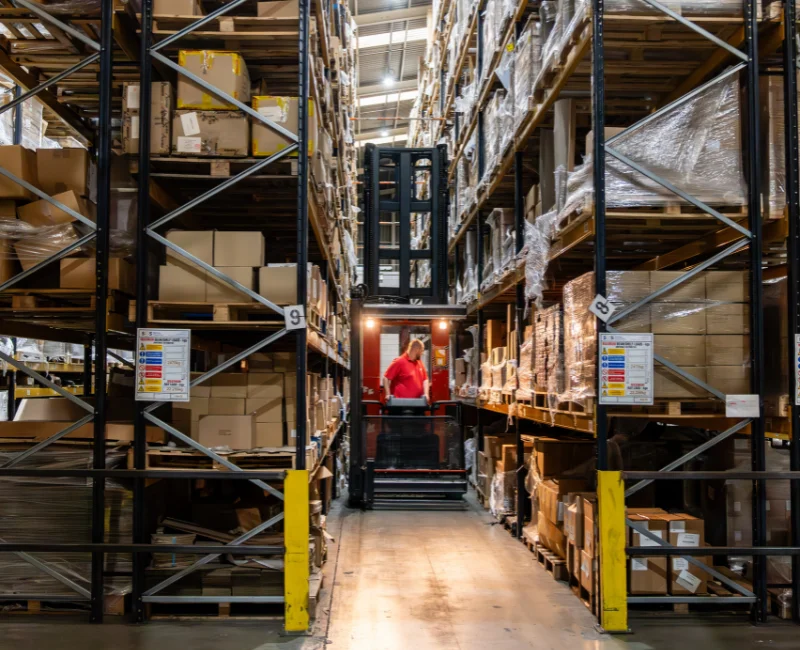A New Era for How We Move Goods
Online shopping keeps growing, and with it, the number of delivery vehicles on the road. At the same time, pressure is rising to reduce emissions, cut waste, and create cleaner, smarter ways to move goods.
For businesses, this shift is more than just a trend. It’s quickly becoming a requirement—both to meet customer expectations and to stay ahead of new rules around emissions and sustainability.
Here’s what’s changing, why it matters, and how you can start taking steps now.

Electric Vehicles are Leading The Way
Electric delivery vans and trucks are showing up everywhere. Companies like Amazon have already started rolling out electric vans (they’ve committed to 100,000 by 2030), and smaller businesses are getting on board too.
Why? Because the numbers make sense:
- EVs cost less to run. Maintenance costs can drop by 30–50% since they have fewer moving parts.
- Electricity is cheaper than diesel or gas—especially with smart charging.
- EVs can cut carbon emissions by up to 70% compared to diesel vehicles.
- Cities are creating low-emission zones, and EVs are often the only way to keep operating in those areas.
Electric vans are also quieter and better for neighborhoods. They can deliver later into the evening without noise complaints. In cities, they’re often more nimble, with better handling in stop-and-go traffic.
What this means for your business:
Going electric can be a real cost-saver over time, especially if you do a lot of city-based or short-range deliveries.
What you can do now:
- Start looking into EV leasing or pilot programs from fleet providers.
- Consider shifting a portion of your deliveries to electric-only carriers.
- Reach out to EC Groups—we can help you explore affordable, scalable steps toward greener delivery.
Let’s talk about where electric vehicles could fit in your operations. Get in touch with our team.
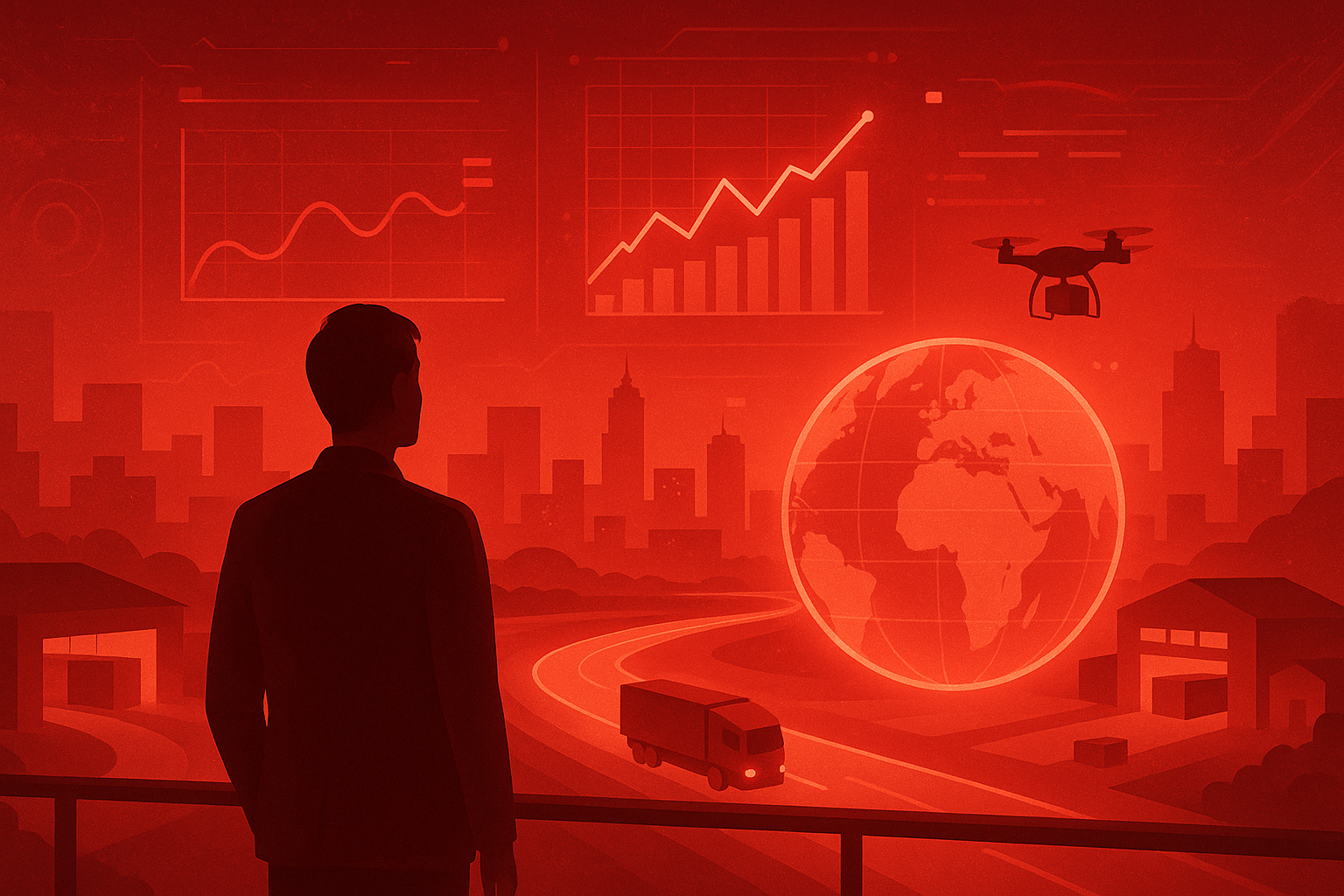
Packaging Is Getting Smarter (and Greener)
Sustainable packaging isn’t just about using recycled cardboard anymore. Companies are developing:
- Compostable and water-soluble materials
- Reusable containers for regular orders
- Smart packaging that tracks temperature, freshness, and handling
It’s also about using less material. AI tools are helping businesses right-size packaging, which saves space in delivery vehicles and reduces costs.
Some numbers to consider:
- Packaging makes up around 30% of household waste in many countries.
- Smart sizing and reusable materials can cut packaging costs by 10–20% while improving delivery efficiency.
- Customers increasingly say they’re willing to switch brands for more sustainable packaging.
What this means for your business:
Smart packaging can reduce damage, lower return rates, and help you stand out to customers who care about sustainability.
What you can do now:
- Audit your current packaging to find ways to reduce material use or switch to greener options.
- Consider partnering with a circular packaging provider like Loop if you ship repeat orders.
- Use QR codes or smart labels to give customers more transparency about packaging impact.
Want help finding low-cost, high-impact packaging changes? Book a quick consult with EC Groups.

Electric Vehicles: Real Cost Savings
Businesses are switching to electric vans because they save money over time. For example, operating costs for a Ford electric cargo van run at around $0.10 per mile in electricity, compared to $0.19 per mile for gas versions—about half the cost (blog.ucsusa.org). Total cost of ownership is already around 9% lower for commercial EVs, even with battery and charger costs included (rmi.org). Fleet managers also report fuel savings of 68% and maintenance costs dropping by 37% when switching to electric (government-fleet.com).
What it means for you:
That upfront cost for EVs pays off. If you’re doing dozens of daily deliveries, switching to electric could save you thousands each year.
How to get started:
- Run a cost comparison based on your usual routes.
- Check for tax credits or local grants for EV purchases.
- Try an electric van lease or rental for a pilot program.
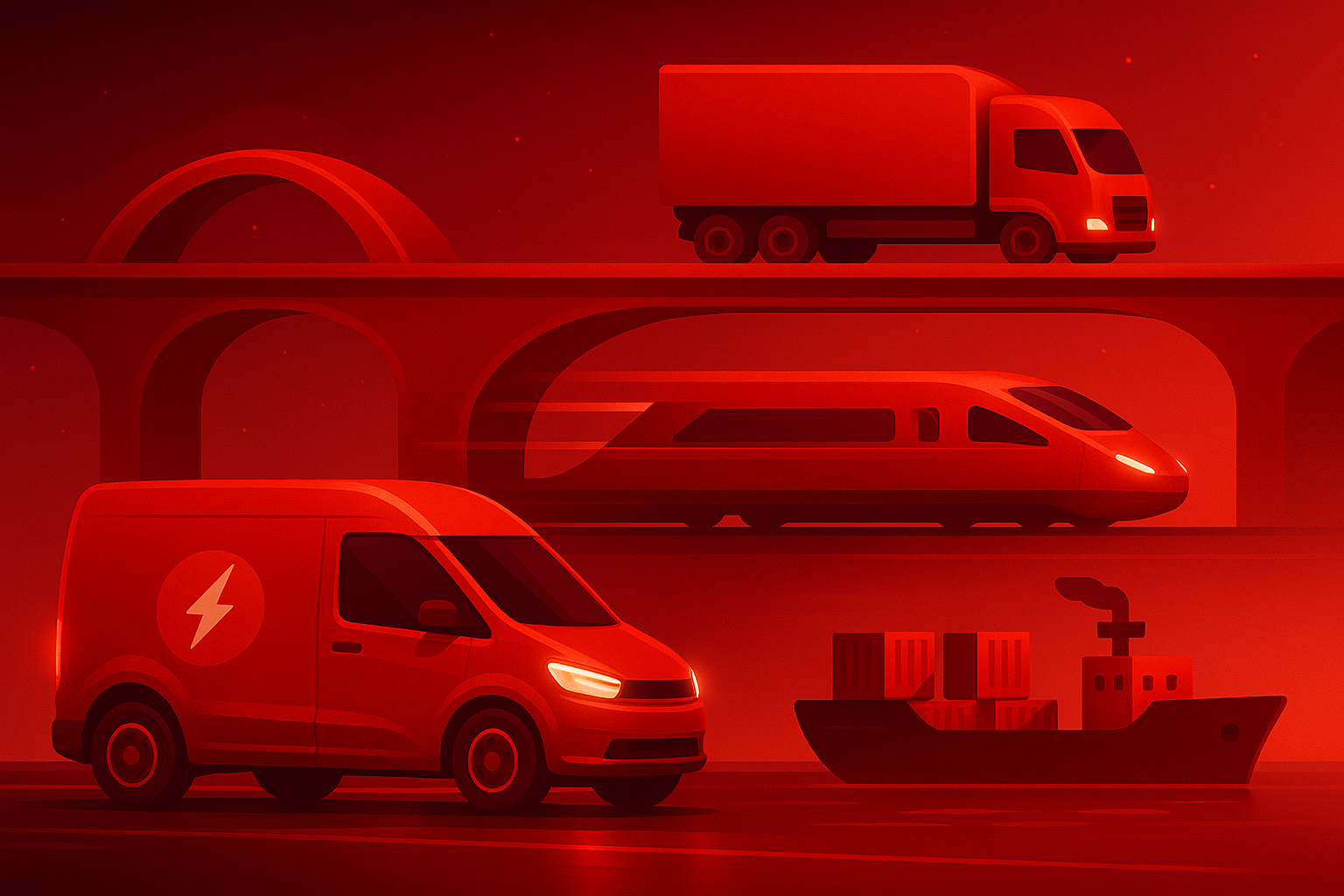
Smarter Routing with AI
Delivery routes are becoming smarter, thanks to AI. By using real-time traffic, weather, and delivery windows, AI systems can reduce fuel use by 10–30%, according to studies (aeologic.com). One implementation even cut fuel use by 25% and carbon emissions by the same amount (ijfmr.com). McKinsey says AI can trim travel time by 20% and fuel costs by 15% (linkedin.com).
What this means for you:
Fewer miles on the road means less wear and tear, lower fuel bills, and faster deliveries—all without changing your fleet’s vehicles.
Quick wins you can try:
- Use a routing tool that updates in real time.
- Track key metrics: fuel use, miles driven, delivery speed.
- Scale up once you see savings from your pilot.
Delivery Robots and Autonomous Vehicles
Driverless robots and vans are being used in parts of the U.S. and Europe. Studies show these systems can reduce delivery times by 30–50% in dense urban areas where finding parking slows things down (dispatchit.com, motor.com, qmerit.com). TuSimple’s self-driving trucks saw fuel savings of 10–20% on long-haul routes (en.wikipedia.org). McKinsey also estimates that autonomy could cut heavy truck costs by up to 42% per mile (mckinsey.com).
Starship’s delivery robots have already completed over 500,000 miles, saving “137 tons of CO₂ and 22 kg of NOx” in Milton Keynes alone (en.wikipedia.org).
Why it matters to you:
Even if you don’t have a robot fleet, working with providers of autonomous delivery services can help you serve new customer areas more cheaply and efficiently.
Still want to test the waters?
- Check which delivery-pilot programs are active in your region.
- Try a trial with a third-party autonomous carrier.
- Use data from autonomous services to compare real costs.
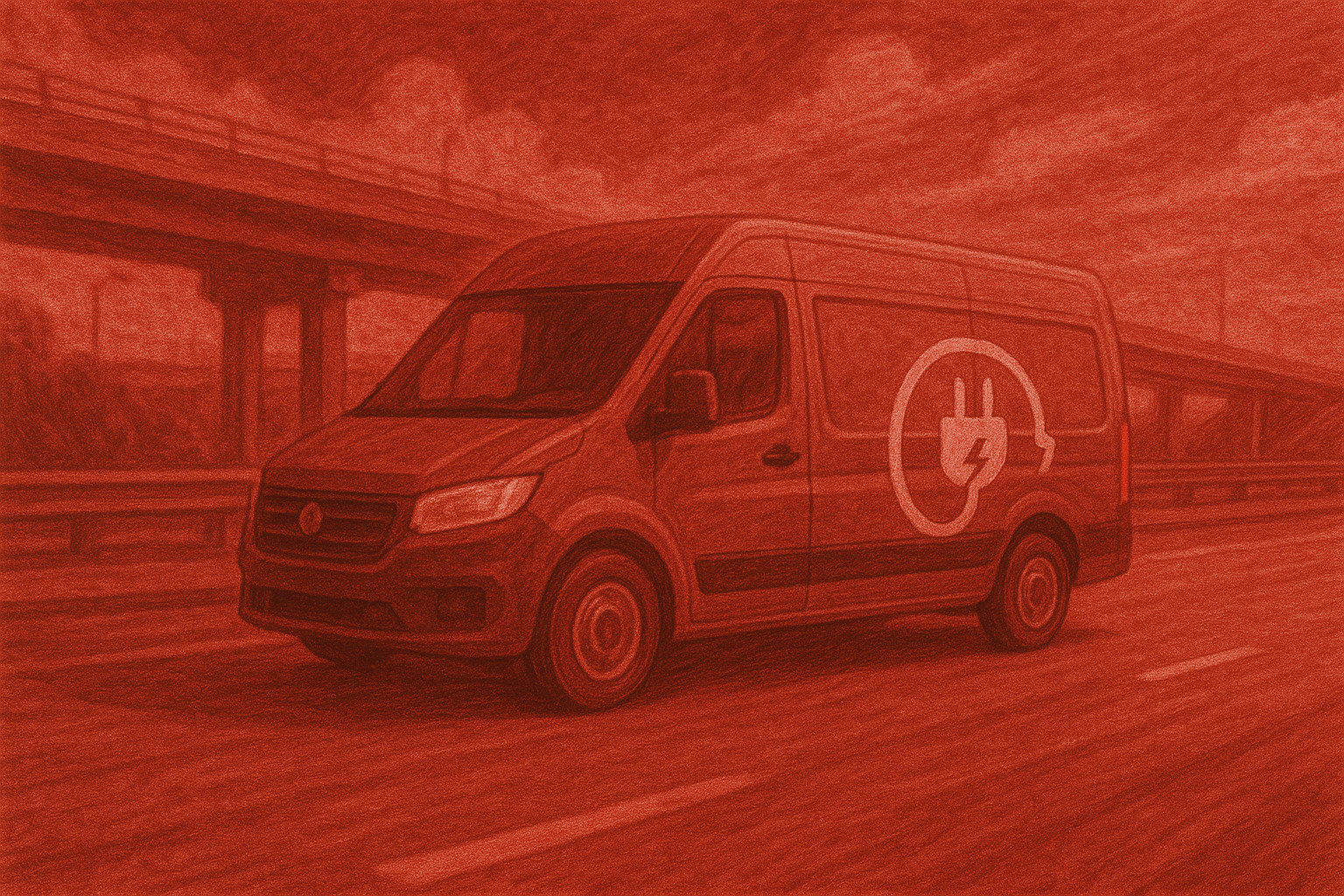
Drones: Promising but Still Expensive
Drone delivery is being tested by companies like Amazon, Google, and Walmart. They can reduce emissions but still cost around $13.50 per delivery, compared to $1.90 by van or $3 via electric vehicle (wsj.com). Costs are expected to drop if regulations allow one operator to manage multiple drones.
A study from Lawrence Livermore Labs found drones can cut emissions by 54% per small package in regions with cleaner electricity, like California (wsj.com).
Where it stands:
Promising for niche, lightweight deliveries—especially where roads are congested—but not cost-effective at scale yet.
For businesses like yours:
- Watch for regulation changes (like beyond-visual-line-of-sight).
- Run small pilots in suburban or low-density areas.
- Monitor cost trends—air delivery may become viable sooner than you think.
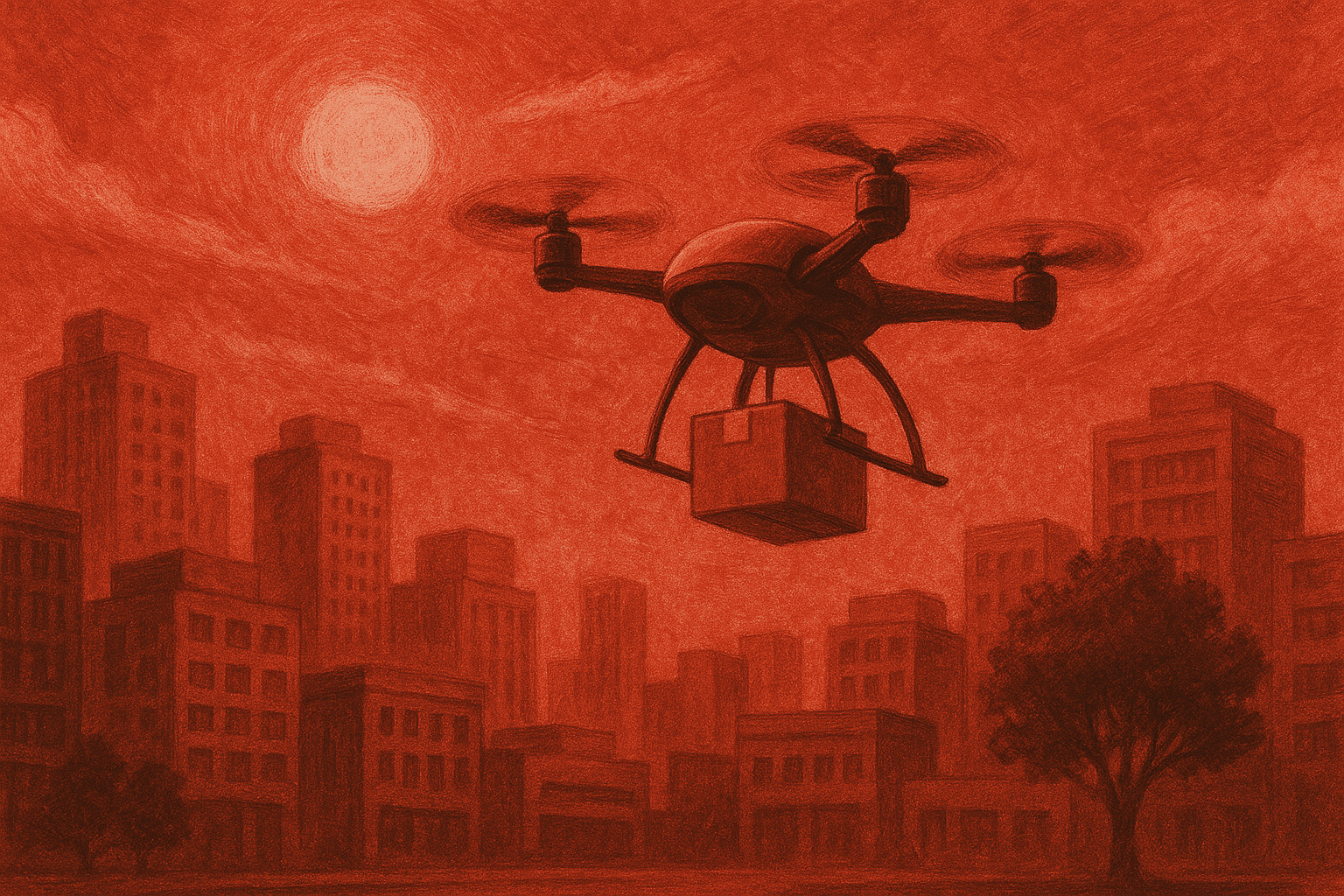
Packaging That Saves Money and Waste
Smart packaging isn’t just fluff—it makes a real impact. AI-driven rightsizing of boxes has been shown to cut shipping costs significantly, while reducing weight and waste. Reusable systems like Loop reuse containers and reduce plastic packaging dramatically.
Customers also react many say they’ll pay more for eco-friendly packaging, and businesses often see lower return rates thanks to better packaging.
What you should do now:
- Run a quick audit: could any packaging be smaller or greener?
- Explore compostable and reusable packaging suppliers.
- Try a small reusable-box pilot for frequent shipments.
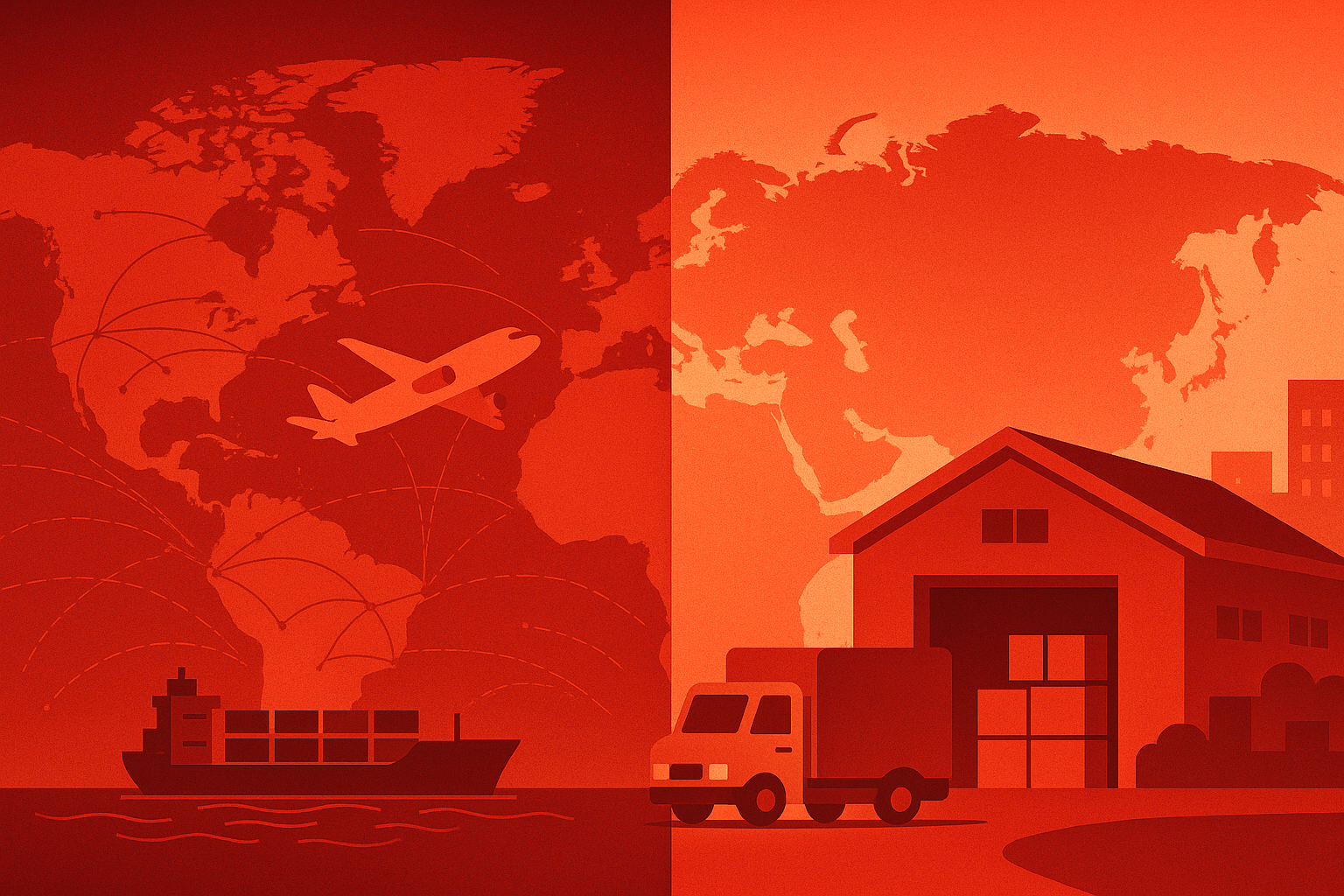
Key Areas Of Distribution Impacted By The Future Of Distribution
Putting these ideas together, here’s how it adds up:
Area | What You Can Do | Benefits |
Electric Vehicles | Pilot an EV van or use an electric carrier | Save 9-68% on fuel/maintenance |
AI Routing | Use AI-powered routing for your fleet | Reduce fuel use by 10–30% |
Autonomous Delivery | Trial robot/vans in urban or low-density sones | Save time and labour, cut CO₂ |
Drones | Pilot small drone deliveries | Up to 54% emissions saved |
Packaging | Right-size boxes, use compostable | Reduce costs and waste |
Your Next Move
Want help bringing sustainable delivery into your business? Let’s start with a free, quick consult. We’ll review your current setup and show you where small changes can make a big difference:
Book a free consultation with EC Groups now
Or email us with your area of interest—such as EVs, AI routing, autonomous delivery, or packaging—and we’ll send over tailored ideas you can start using right away.
Let’s make your delivery smarter, greener, and more efficient—without the jargon.
